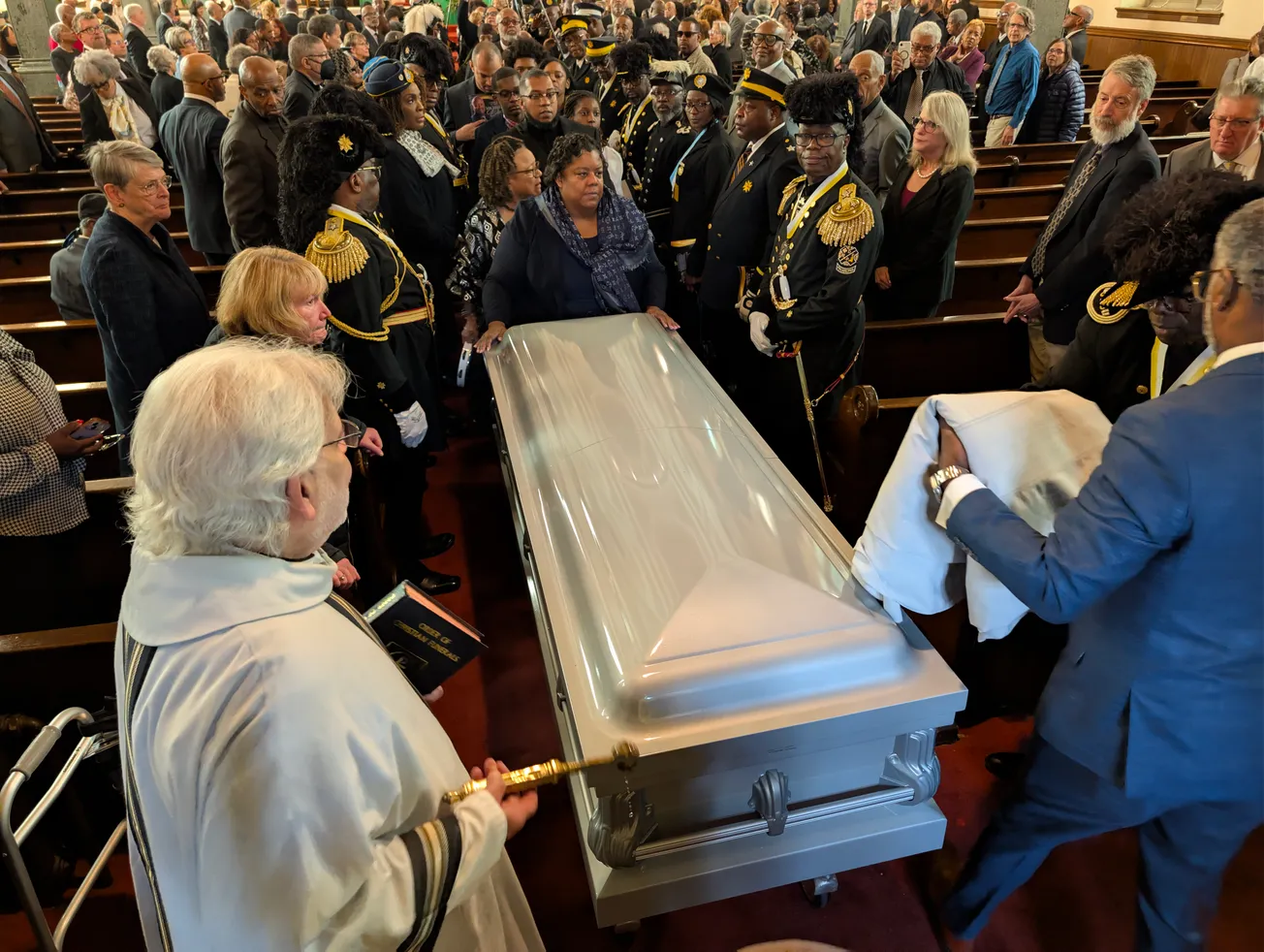ROME — An international group of Catholic Action advocates gathered at an ancient Roman gravesite over the weekend to renew the “Pact of the Catacombs,” an agreement by some bishops during the Second Vatican Council to “renounce the appearance and substance of wealth” to build solidarity with the poor.
Members of the movement of lay-led worker, student, and youth organizations were in the Eternal City for the “Lay Mission and Vocation Conference,” which began on Wednesday. The Saturday evening Mass at the underground Basilica of Sts. Nereus and Achilleus in the Catacombs of Domitilla served as one of the gathering’s final events.
The liturgy also served as a memorial Mass for members of the Catholic Action movement, which at its height was active throughout Europe and Latin America amid a period of anti-clerical and Communist regimes. Distinguishing them from other Catholic organizations was a focus on lay leadership and the preferential option for the poor.
From Catholic Action circles have a number of pivotal figures in Church history, including Fr Gustavo Gutierrez, the father of liberation theology; Servant of God Catherine Doherty, a major figure in early interracialism; Venerable José María Arizmendiarrieta, a giant of the worker-cooperative movement; and Fr Joe Nearon, a Black pioneer in college athletics integration and in Catholic theology.
Movement members, including laypeople and bishops, were also influential at Vatican II, particularly in the formulation of “Gaudium et Spes.”
Other affiliates remembered at the catacombs Mass—celebrated by Frs Luis Maria Goicoechea; Fratern Masawe, SJ; and Bob Beirne—were Blesseds Miguel Pro, Marcel Callo, and Pier Giorgio Frassati, as well as Judge Carlos Horacio Uran Rojas, a victim of the 1985 Palace of Justice siege in Colombia. Several others who were remembered at liturgy took their own lives after being tortured for their Catholic advocacy.
Despite the remembrance of death, the gathered group, featuring several generations of Catholic Action faithful, were quick to a song of life after the prayers.
“You are here, in the heart of our lives,
and it is you who makes us live.
You are here, in the heart of our lives,
very much alive, O Jesus Christ.”

The conference was juxtaposed with the ongoing Synod of Bishops, which is holding its second and final in-person session this month at the Vatican. One of the goals of the Lay Mission conference was to author a letter to synod leaders reaffirming the lay focus of the Catholic Action movement, which has had a complicated relationship with the Holy See beginning with the papacy of John Paul II.
“We, lay leaders, animators and chaplains from 30 countries representing millions of Catholics in 10 international movements of specialized Catholic action convened in Rome to reflect on the past, present, and future of the lay apostolate alongside the meeting of the Synod on Synodality,” their letter reads.
“Together at the Domitilla Catacombs, we reaffirm the Catacombs' Pact of the Poor and Servant Church.”
Among the signatories of the original 1965 pact were some sixteen Catholic Action-affiliated prelates at Vatican II, including Servant of God Hélder Câmara and Bishop Gérard-Marie Coderre of Saint-Jean-de-Québec, the only North American to append his name to the document.
Just over 40 bishop-delegates to the 2019 Pan-Amazon Synod revisited the pact as part of their gathering, while a large group of delegates to the Synod on Synodality—which includes lay and women voting members—were given copies of the pact during a visit to the catacombs last October.
Delegates to the latter include only a handful of Catholic Action affiliates, down from hundreds during Vatican II. Though no longer possessing its influence of old, the movement remains active in Europe and in the Global South, where members of the International Movement of Catholic Students (IMCS) will soon circulate a petition calling for, among other things, climate justice and reparations for capitalistic exploitation.
The Catholic Action movement at large is driven by the philosophy of “See, Judge, Act”—popularized by a 20th-century Belgian cardinal and likely the movement’s most influential leader, Servant of God Joseph Cardijn. His original collaborators were female needleworkers, perhaps indicative of the necessary egalitarianism that also continues to animate the movement.
In September, IMCS representatives were received in a private audience with Pope Francis, who urged them to “work for the growth of peace, harmony, justice, human rights, and mercy, and thus for the extension of God’s kingdom in this world.”
“[He] told us to be agents of social change,” said IMCS Secretary-General Fasika Lachore Laba, an Ethiopian Catholic who was part of the IMCS delegation.
Pope Francis meets with members of the International Movement of Catholic Students—Pax Romana, and calls on them to always draw closer to the Lord Jesus, so that His grace may transform the world.https://t.co/QozcNlwLPq
— Vatican News (@VaticanNews) September 20, 2024
The meeting with the Holy Father was perhaps the latest step in a kind of rehabilitation of the Catholic Action movement, following successive eras of ambiguous—or even hostile—actions from the Vatican toward its constituent organizations.
During their gathering this month in Rome, the Lay Mission conference participants were adamant that, despite challenges of the past and present, they continue to stand on the shoulders of their forebears and foremothers.
“The history of our movement is a fundamental chapter in the history of the church in the 20th century,” said Florida International University professor Dr. Ana Maria Bidegain, president of the International Catholic Movement for Intellectual and Cultural Affairs (ICMICA-Pax Romana) and widow of Rojas, the slain Colombian judge.
“Recounting the experience of our movement in the 20th century is vital also for building a synodal Church in the 21st century.”
Nate Tinner-Williams is co-founder and editor of Black Catholic Messenger.










